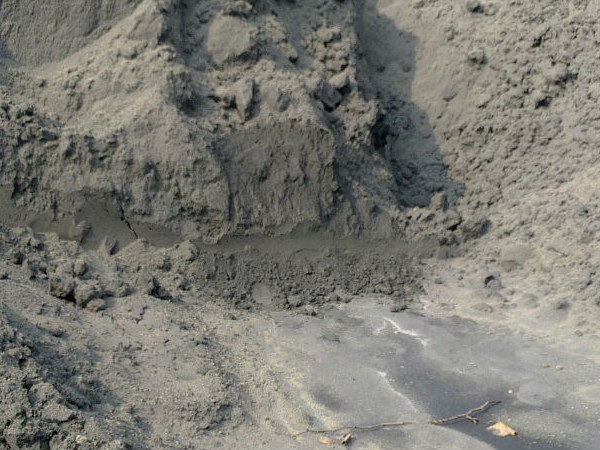Will the application of circulating fluidized bed fly ash be more extensive after pretreatment?

In general, sulfur-fixing ash specifically refers to the solid waste produced by the combustion of sulfur-containing coal and limestone in circulating fluidized bed boilers at about 900°C. Sulfur-fixing ash, especially sulfur-fixing ash, is different from ordinary pulverized coal furnace ash and slag, and is mainly piled up at present.
Compared with ordinary fly ash, sulfur-fixed ash contains higher CaO and SO3, which can cause serious volume expansion of concrete when directly applied to cement concrete. In addition, since the combustion temperature of the fluidized bed boiler is generally 850 to 900 °C, which is lower than that of the pulverized coal boiler, which is 1200 to 1400 °C, the solid sulfur ash contains a certain amount of unburned carbon, resulting in a high ignition loss. When used in cement concrete, because carbon has a strong adsorption effect on admixtures, it will greatly reduce the effect of admixtures.
The field of building materials is a big player in “digesting” sulfur-fixing ash. Since sulfur-fixing ash can produce morphological effect, activation effect and micro-aggregate effect, it can be used as an admixture to produce cement or concrete. . The ultra-fine sulfur-fixing ash can not only speed up the hydration speed of the clinker particles, but also destroy the dense spherical shell of the sulfur-fixing ash in advance, accelerate the pozzolanic reaction of the sulfur-fixing ash, and improve the early strength of the cement.
The existing research results prove that grinding the sulfur-fixing ash to ultra-fine sulfur-fixing ash with an average particle size of less than 5 μm and medium-fine sulfur-fixing ash with an average particle size of less than 10 μm can effectively improve the hydration activity of the sulfur-fixing ash. It can also prepare high-fluidity ultra-high-strength concrete. Therefore, the research and application of ultra-fine sulfur-fixing ash is particularly important. The ultra-fine methods of sulfur-fixing ash are mainly divided into dry method and wet method. Among them, dry ultrafine pulverization is currently the most widely used ultrafine pulverization technology, including steam flow mill, high-speed impact mill, vibration mill, and high-pressure roller mill.
The reasons are as follows:
(1) Due to its porous characteristics, sulfur-fixing ash requires a large amount of water, coarse particles and low activity. When mixed with cement, the early strength of cement will drop sharply and the setting time will be significantly longer.
(2) Both the vibrating mill and the steam mill can be used for ultra-fine grinding of the sulfur-fixing ash, but the particle size distribution of the two ultra-fine sulfur-fixing ash is quite different. narrow.
(3) 42.5 cement can be prepared by replacing limestone and slag with ultra-fine sulfur-fixed ash, but it will increase the specific surface area of the cement to a certain extent, which will lead to an increase in the water demand of the cement, but can improve the 28d compressive strength of the cement. Among them, the 28d strength of 42.5 cement is the largest when the content of ultra-fine sulfur ash after steam grinding is 20%.
(4) With the increase of the content of ultrafine sulphur-solid ash pulverized by the steam jet mill, the specific surface area of 42.5 cement increases, the water demand increases, the setting time is prolonged, and the 3d strength decreases.
